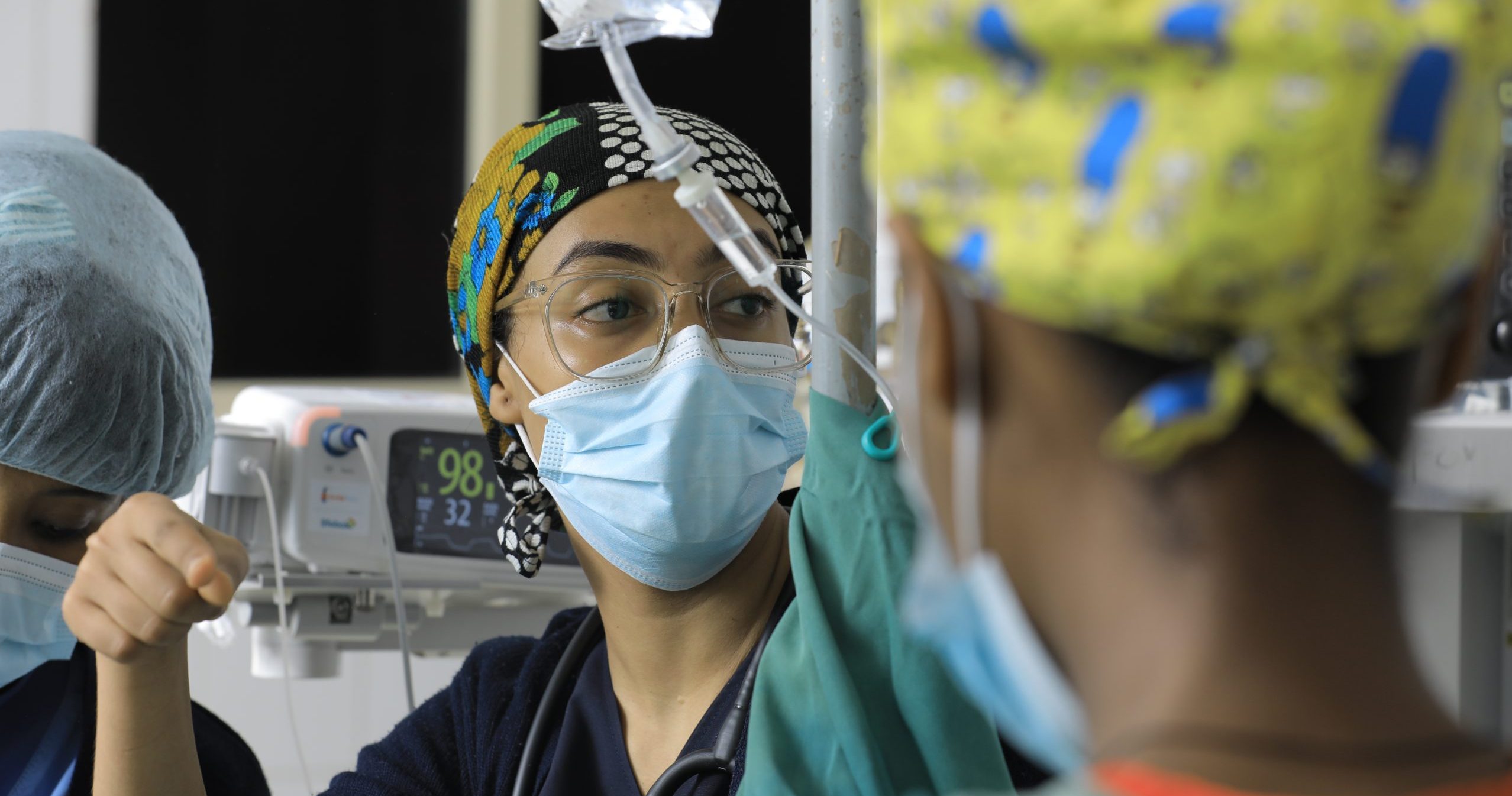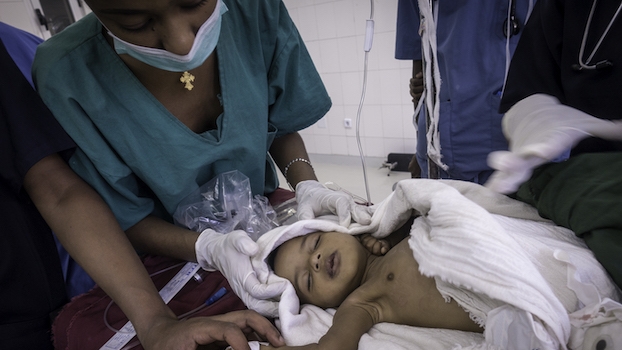 Inclusion of Capnography as Essential Anesthesia Monitoring Equipment
Inclusion of Capnography as Essential Anesthesia Monitoring Equipment
Capnography has been used widely in operating rooms in high-income countries for over three decades. Its introduction in the United States in 1991 led to a dramatic decline in anesthesia-related complications and deaths. Yet, capnography remains largely unavailable across most low-resource-setting operating rooms, with research showing there is often a 100% gap between the need for capnography and its availability in low-income countries.
A capnograph is the best tool for detecting a leading cause of anesthesia-related complications and deaths in low-resource settings: the misplacement of the breathing tube supplying oxygen to the patient. Without an oxygen supply, the patient will suffer catastrophic harm in a matter of minutes.
Surgical treatments are vital to global health, cutting across maternal, newborn, and child health, the treatment and management of non-communicable diseases, and emergency and critical care. Ensuring patient safety is paramount. By signing this statement, we commit to advocating for the mandatory inclusion of capnography in anesthesia monitoring guidelines. This will ensure safer anesthesia and surgical practices and significantly improve health outcomes for every patient, everywhere.
The undersigned ministries of health, organizations, professional societies and associations, hospitals, and individuals, call upon the World Health Organization and national decision makers to catalyze the adoption of capnography in low-resource settings by making the following immediate actions:
- Upgrade capnography in the World Health Organization-World Federation of Societies of Anaesthesiologists (WHO-WFSA) International Standards for a Safe Practice of Anaesthesia from the current categorization as “recommended for patients undergoing general anesthesia and deep sedation” to the highest category, “highly recommended”—the equivalent of a mandatory standard.
- Include the capnograph—in addition to the pulse oximeter—in the WHO Surgical Safety Checklist as required anesthesia monitoring equipment for safe surgery.
- Include capnography as essential for the safe practice of anesthesia in national anesthesia guidelines.
Sign the Capnography Action Letter
To sign this letter, please fill in all fields in the form below.



 Inclusion of Capnography as Essential Anesthesia Monitoring Equipment
Inclusion of Capnography as Essential Anesthesia Monitoring Equipment 
